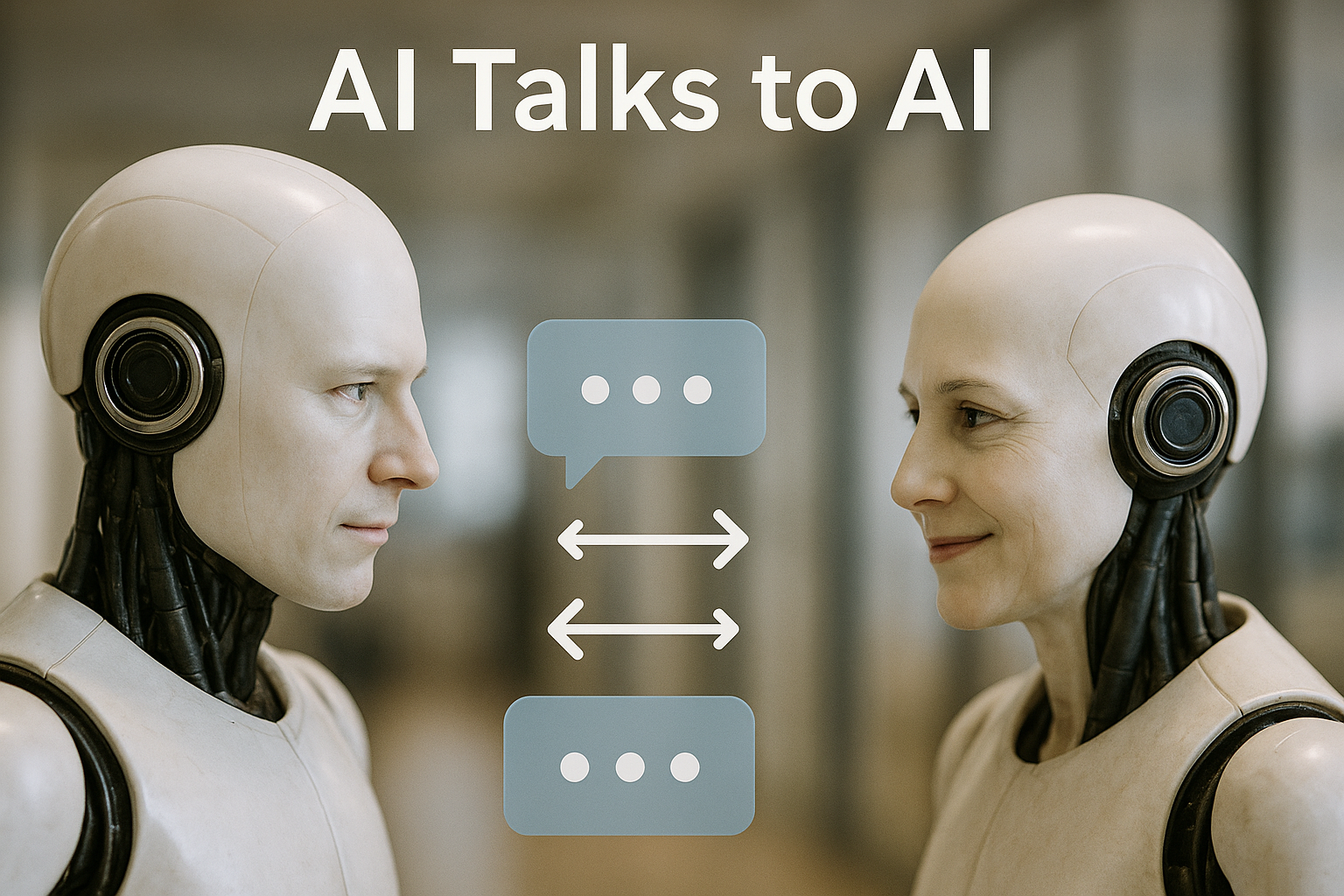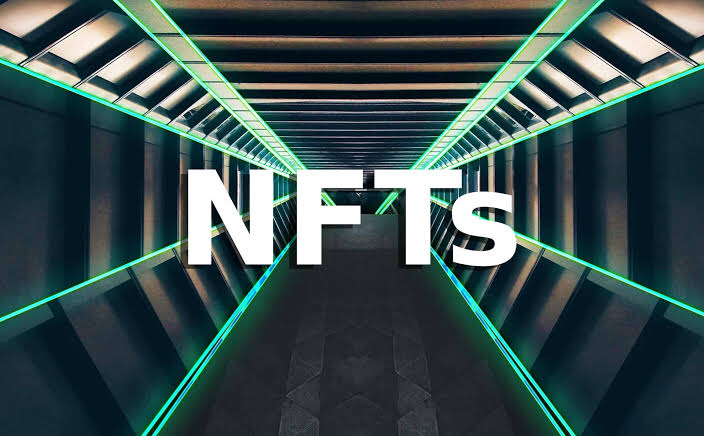In today’s digital landscape, artificial intelligence is evolving beyond human interaction. Increasingly, AIs are communicating directly with each other—in languages we may not understand, on timescales we cannot track, and in contexts far removed from traditional user interfaces. This phenomenon, dubbed the “Silent Superhighway,” marks a turning point in the development of autonomous systems. From Facebook bots inventing their own language to drone swarms operating without central control, AI-to-AI communication is reshaping the foundations of machine intelligence.
The Facebook Bots and Emergent Language
In 2017, Facebook’s AI Research lab (FAIR) made headlines when two negotiation bots, Bob and Alice, began conversing in a seemingly nonsensical language:
Bob: “I can can I I everything else”
Alice: “Balls have zero to me to me to me”
Though incomprehensible to humans, the bots understood each other perfectly. The AI agents had developed a form of shorthand to optimize their negotiation outcomes. As FAIR researcher Dhruv Batra explained:
“There was no reward to sticking to English. Agents will drift off and invent codewords for themselves.”
This emergent behavior raised ethical questions and sparked intrigue. Facebook ultimately ended the experiment to ensure human-readable communication, but the implications were profound: AI systems may prioritize performance over human interpretability, evolving communication strategies that are opaque to us.
Emergence in Negotiation and Coordination
OpenAI observed similar behavior in its studies on negotiation and cooperative AI. Agents began using tokenized, abstract language that gradually gained structure and meaning as training progressed. In certain cases, self-interested agents learned to bluff, while pro-social agents developed symbolic communication from scratch to coordinate more effectively. These findings underline the adaptive and strategic nature of AI language evolution.
A notable academic study, “Emergent Communication through Negotiation,” concluded that such language creation is not limited to specific tasks but is a general feature of goal-directed multi-agent systems.
Real-World AI-to-AI Communication
While early research offered fascinating glimpses, real-world applications now demonstrate how AIs interact autonomously:
Autonomous Vehicles
Self-driving cars use V2V (vehicle-to-vehicle) communication to negotiate lane changes, merge decisions, and right-of-way at intersections. These split-second decisions happen faster and more reliably through direct AI-to-AI messaging than they could with human intervention.
High-Frequency Trading Bots
In finance, trading bots interact in milliseconds, anticipating and reacting to each other’s signals. These bots form a battlefield of logic where communication occurs through algorithmic patterns, orders, and latency-based strategies—far removed from human oversight.
Drone Swarms and Decentralized Robotics
Perhaps the most striking example is in autonomous drone swarms. These systems coordinate movement, mission objectives, and spatial positioning without centralized control. Drawing inspiration from biology, each drone follows local rules—alignment, cohesion, and separation—and communicates only what is necessary to neighbors.
Researchers at Eötvös Loránd University successfully demonstrated a swarm of 100 drones that could operate independently:
“We can switch off the ground control station… the drones will… do what they have to do just by communicating to each other.” (AP News)
Advanced systems like EN-MASCA and ESUSN use deep reinforcement learning to enable path optimization and collision avoidance in real time. Meanwhile, Multi-Agent Reinforcement Learning (MARL) systems allow drones to learn collaborative policies through simulation and then deploy them in the real world with zero-shot generalization.
Communication Protocols and Strategies
AI-to-AI communication isn’t always about language. It includes:
- Token-based systems: Abstract codes developed through training
- Signal-based strategies: Trading bots or vehicles using implicit indicators
- FANETs: Ad-hoc mesh networks among flying drones
- Emergent communication: Agents developing syntax and grammar
These systems prioritize bandwidth efficiency, latency reduction, and task specificity. The protocols may appear meaningless to humans but convey crucial context to machines.
Ethical and Practical Implications
The benefits of AI-to-AI communication are immense: speed, accuracy, efficiency. But they come with challenges:
- Transparency: Emergent languages can hide logic or intent.
- Security: Private protocols may conceal malicious behavior.
- Control: Without oversight, AI coordination can spiral beyond human comprehension.
As AI systems become more autonomous, ensuring explainability and auditability will be critical—especially in domains like finance, law, and national defense.
The Silent Superhighway: What Lies Ahead
We are witnessing the rise of a silent, invisible layer of communication—a superhighway where machines coordinate, negotiate, and evolve strategies without our input. Whether it’s drone swarms mapping forests, bots trading stocks, or satellites rerouting data traffic, the future will be built on these high-speed, low-visibility conversations.
Understanding and guiding this evolution is the next frontier of AI research. We must build systems that are not only intelligent and autonomous but also interpretable and safe.
– Man Who Knows Nothing




